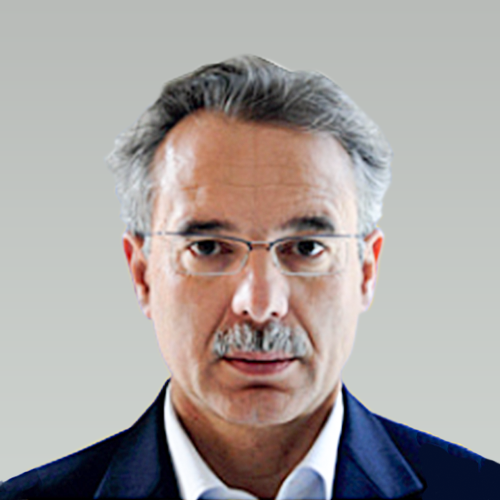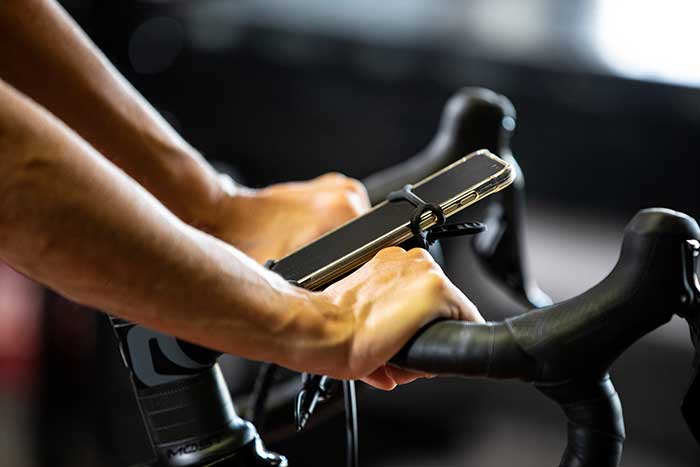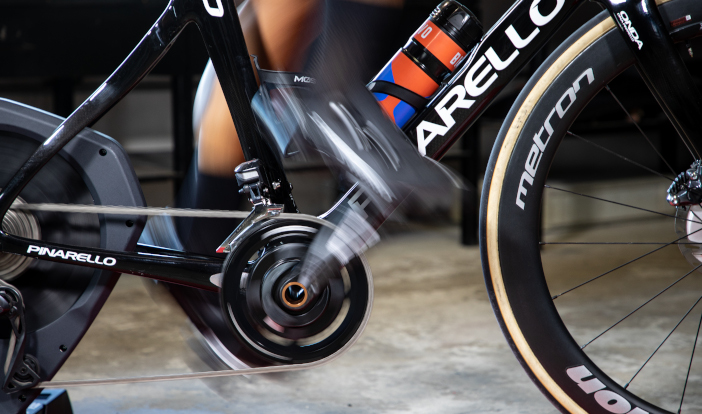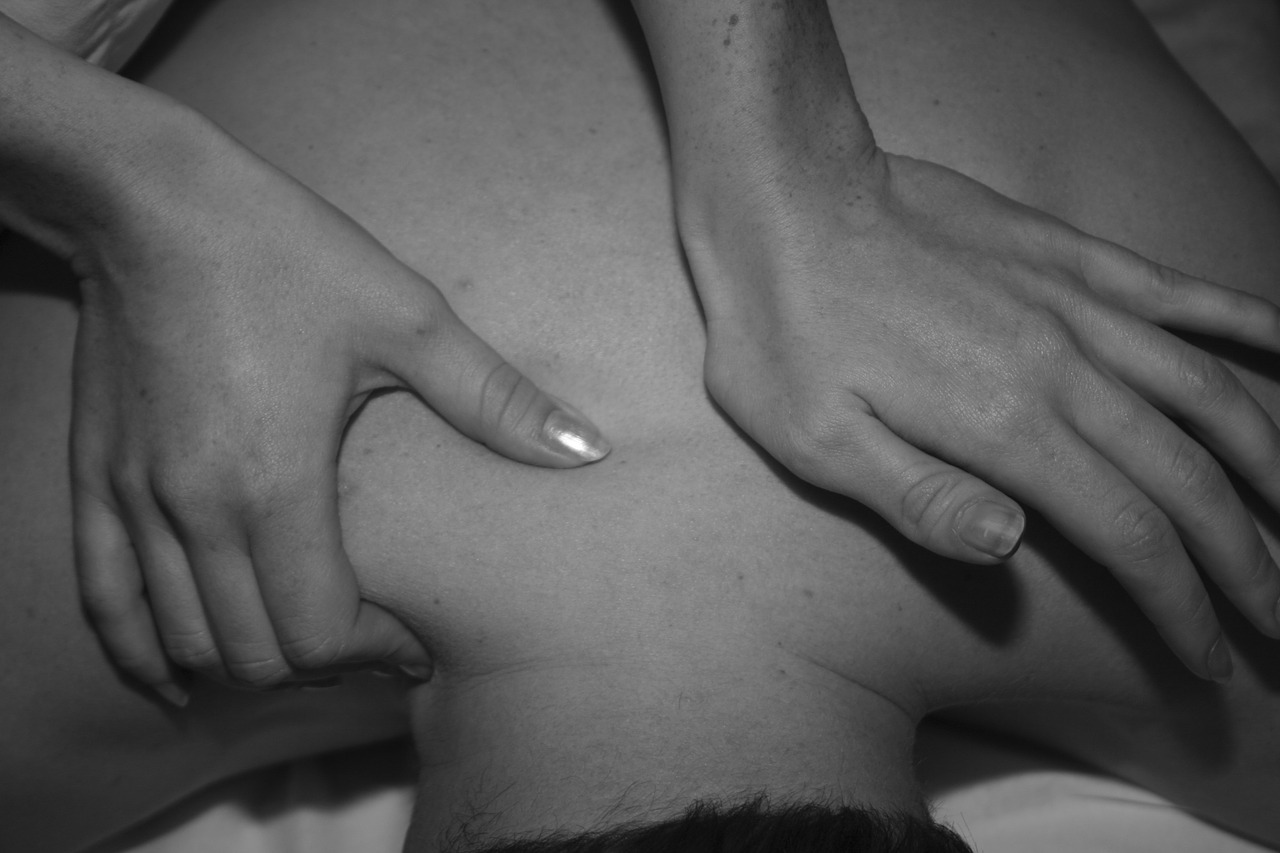The first cervical spine pains during a ride usually arrive in spring.
As the weather gets milder, cyclist start training more often and longer. They go from riding only on the weekends to training three to four times a week, with a significant and rapid increase in mileage. It is in this period that neck pain becomes more frequent. In such cases, I often find myself analyzing seemingly normal radiographs. This immediately gives me a clue that the cause of the pain is muscle overload rather than a problem with the spinal discs. In fact, neck pain in sports medicine, and in cycling in particular, are more often caused by certain muscle groups and tendons than by serious disco-radicular problems.
At the root of cervicalgia lie several causes:
- Incorrect athletic preparation, lacking a gradual increase of training mileage.
- Incorrect position on the bike, limited spinal mobility, postural defects or incorrect frame measurements.
- Predisposition to the development of fibromyalgia and rheumatic syndromes.
Fibromyalgia is the main causes of pain in the trapezius muscles, the levator scapulae and the cervical paraspinal muscles. A painful trigger point in these muscles can radiate pain to other areas when pressed. This pain signal, radiating out through the central nervous system, creates a vicious cycle of spasm-pain-spasm. In these cases, tendonitis of the shoulder blade can present itself at the insertion of the medial border of the scapula.
These problems can be mostly found on the left side of the body. Cyclist, driving on the right side of the road, tend to turn their head more often to the left to check traffic. In addition, handlebars positioned too low, can cause an exaggerated extension of the cervical spine. This can also happen when the helmet is fitted too low on the forehead, forcing the rider to overly extend the neck to see the road, triggering the syndrome. Riding with stiff arms, arms too stretched out or always using the drop bars and overinflated tires, can cause huge vibrations to be transmitted to the shoulders and the neck.
What can you do? The first thing to do when experiencing cervicalgia is to raise your handlebars by a few millimeters, or to shorten the bike stem. These are simple but very effective solutions. It can also be helpful to wear padded gloves or wrap high-quality tape around the handlebars. Improved cycling technique can also provide relief. Riders who have a good technique reduce the tension on the upper limbs, the shoulders, and neck. When cycling, you should keep your elbows slightly bent and frequently change the position of your arms to further reduce the tension in the muscles.
The best solution is, as always, prevention. The problems of reduced mobility of the spinal cord and shoulders should be addressed. Cyclists should improve joint mobility and progressively stretch the trapezius and levator scapulae muscles.

Sergio Migliorini
You might also be interested in


